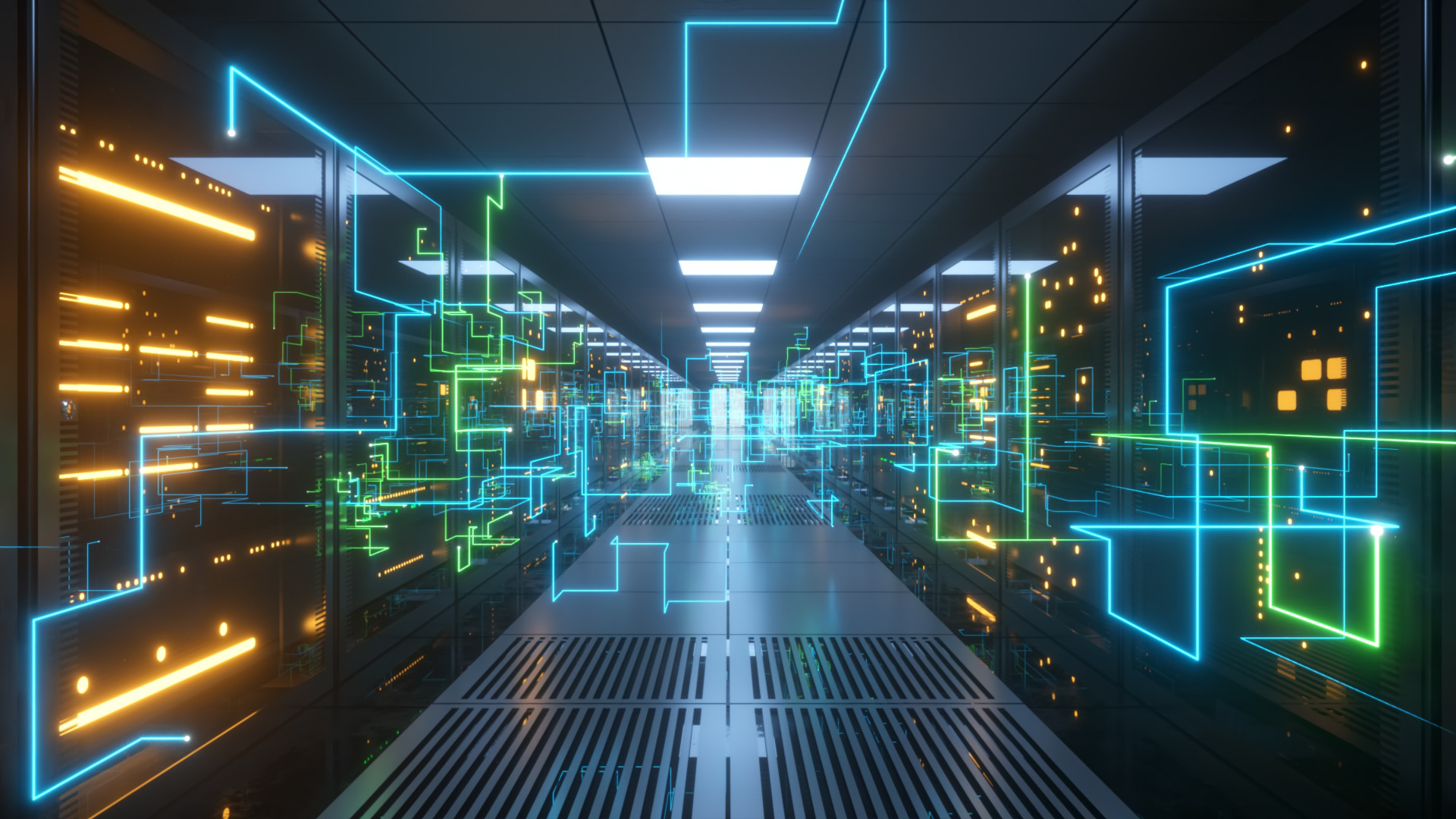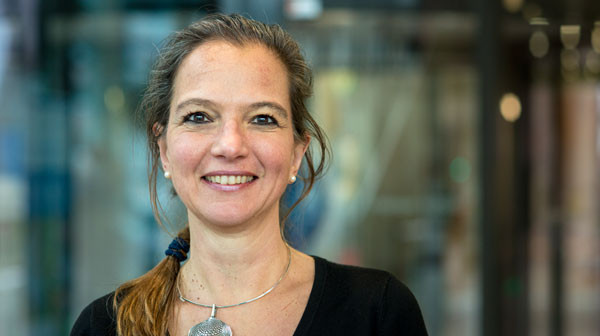Digitalization: is it slowing or accelerating climate change?
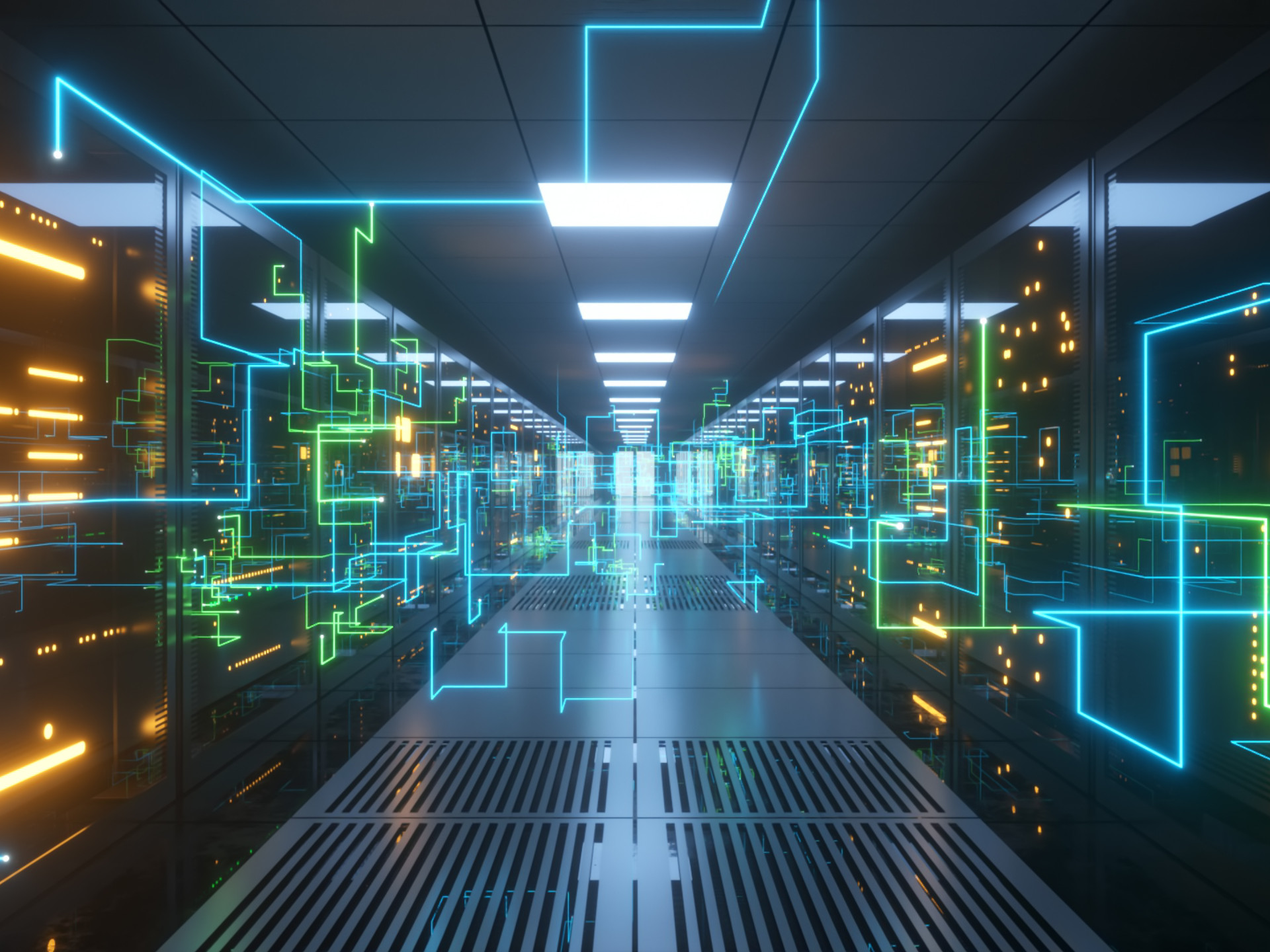
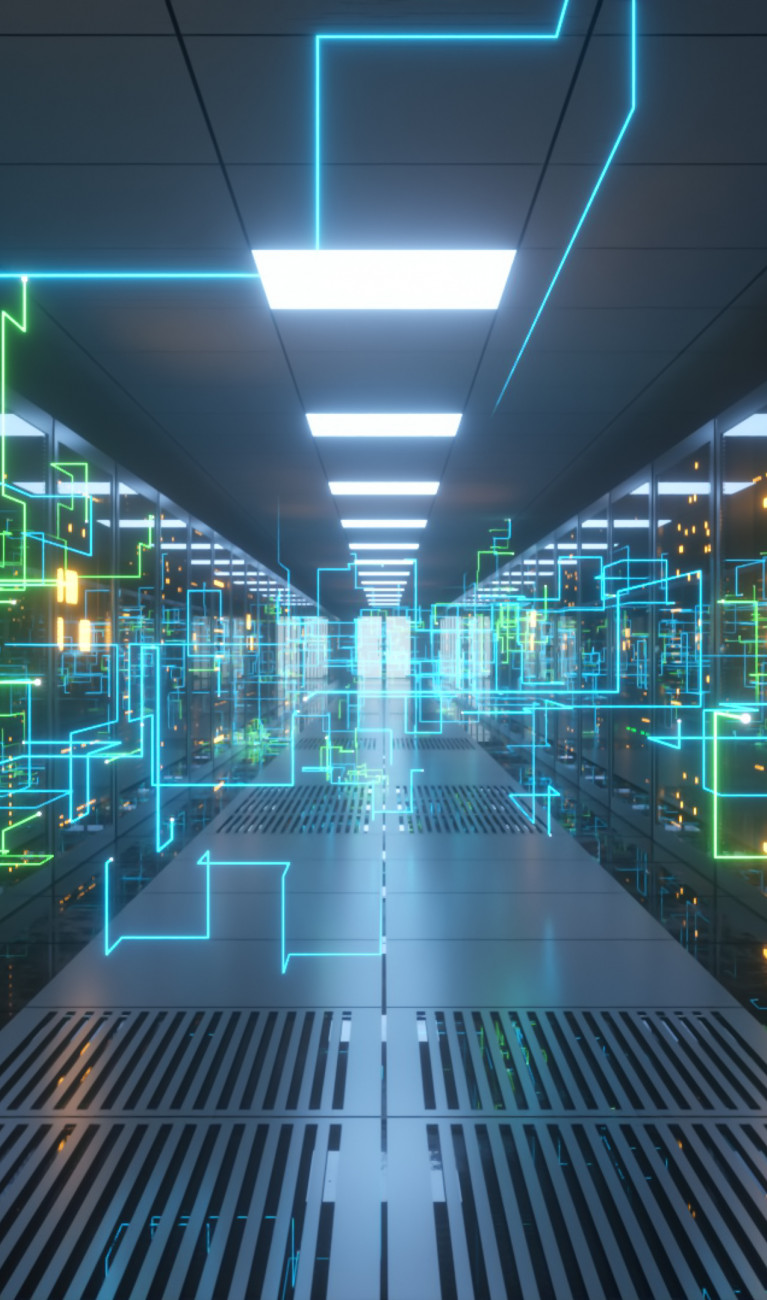
Online shopping, streaming videos, gaming ... digital technologies are playing an ever-larger role in our everyday lives. That can be problematic for protecting the climate. It is important to use technology wisely: otherwise, we risk unnecessary waste of energy and other resources.


Remote work, video conferencing, streaming, gaming, e-commerce, purchasing tickets and making reservations online... our everyday lives are digitalized. The promise of technology is that we will save time and money. Supposedly, technology is also helping the climate, by cutting down on business travel and commuting and reducing consumption of paper and other resources. “It’s not quite that simple,” notes Irmela Colaço, Energy Savings Project Manager for the Friends of the Earth Germany (BUND). All of our digital activities, regardless of what exactly we're doing online, “have real-world ecological effects.”
It starts with the mining of minerals needed to manufacture smartphones, laptops, and other devices. Most mining of such raw materials, like lithium and cobalt, takes place in poverty-stricken nations of the Global South, and in a manner that frequently entails tremendous environmental harm. In Chile for example, lithium mining from salt lakes has lowered groundwater levels. This kills off vegetation, which serves as a natural CO2 sink, accelerating climate change.
The next factor to consider is the major energy consumption required to process these mined minerals in the manufacturing of user devices. Then, using these devices also eats up a lot of energy. Friends of the Earth Germany obtained an estimate from the Institute for Applied Ecology of the CO2 footprint from our everyday digital activities. According to the Institute for Applied Ecology, servers in data centers consume more power in total than our personal devices. Other researchers show the opposite findings, but forecast that data centers will consume considerably more energy in the future. At the same time, user devices will require less and less energy. Colaço notes that “an average 740 kilos of greenhouse gases are generated annually per person — which is like flying from Munich to Madrid and back in terms of climate impact.” The Institute for Applied Ecology actually arrived at a higher figure, estimating 800 kilos of CO2 annually. These figures, however, factor in both the energy consumption from behaviors like streaming and for manufacturing the various devices. Thus, the flight comparison is somewhat distorted, because it does not account for the manufacturing of the aircraft.
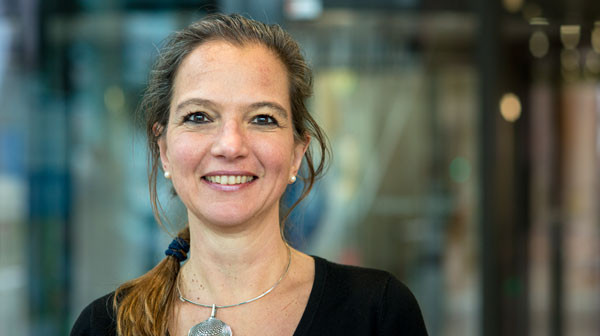
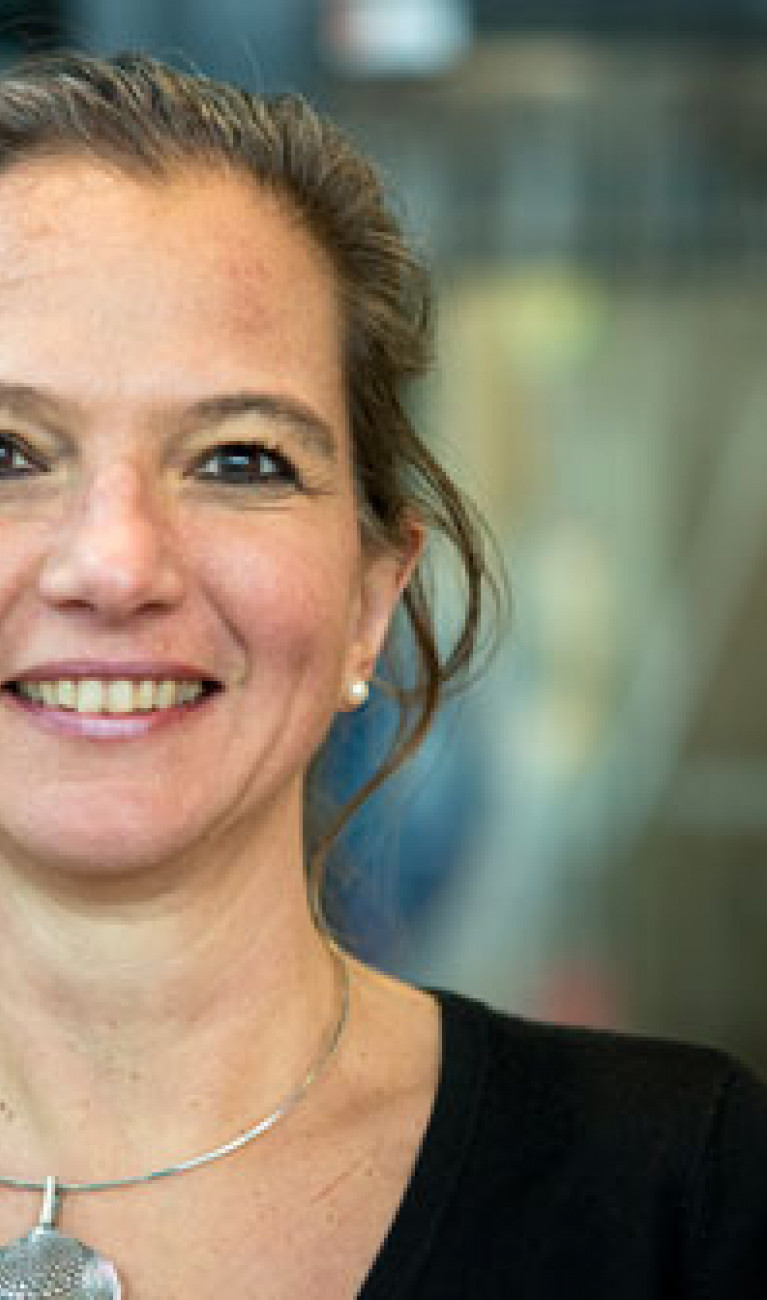
Digitalization in the service of research
The question of energy and resource consumption also depends on its utility in applications. Digitalization in research has led to an explosion of possibilities, including increasingly precise modeling of climate change and environmental impact forecasts. “Ten years ago modeling was only capable of forecasting climate impact on a regional basis, but today this is possible for entire continents, in high resolution,” explains Sabine Attinger, head of the Smart Models and Monitoring research unit at the Helmholtz Center for Environmental Research (UFZ). “Another factor is that climate models can now deliver simulation results in much greater resolution, which benefits impact models. In the past, global simulation at a resolution of 100 x 100 kilometers was the maximum granularity available, but soon the European Initiative DestinE will enable high-resolution climate simulation with a granularity down to the square kilometer.”
Such modeling takes time and consumes resources, including a lot of energy, thus generating considerable CO2. The Helmholtz Centers have thus opted to use green electricity, to minimize impact from their operations. Dr. Attinger and her team are working on developing models that are as complex as necessary but still as streamlined as possible. As Dr. Attinger elucidates, research indicates, for example, “that large-scale phenomena, like regional water drainage, are not influenced by all small-scale characteristics within the catchment region.” Modeling does not necessarily have to incorporate all data that are technically possible to record.
To ensure that sufficient computing capacity is available to meet the advanced requirements for modeling, an earth system modeling strategy is being developed on a national level as well as a computing concept for earth system modeling, with the support of the German Climate Computing Center (DKRZ). “We do consider our own footprint in conducting research on climate change,” Dr. Attinger emphasizes, citing how the Helmholtz Center in Leipzig utilizes green electricity, among other measures, out of this awareness. “As model developers we pay attention to factors like the efficiency of our programmed code,” she elaborates, as a lever for reducing computing-related energy consumption. “Ideally, a certification system would be established for research efficiency.”

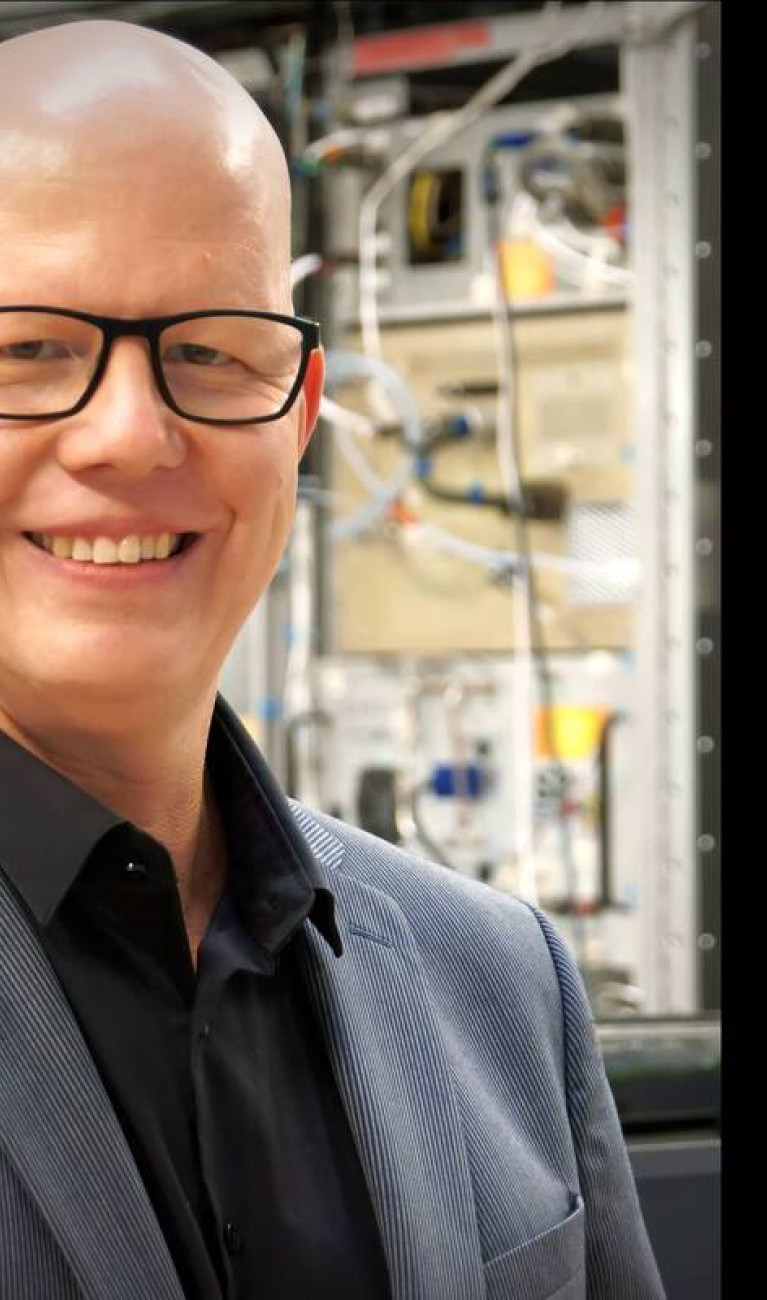
Understanding and changing course: with "twins"
“Science has learned much about climate change, but beyond advancing our understanding there is another objective,” relates Johannes Orphal, Research Director for Natural and Constructed Environments at Karlsruhe Institute of Technology (KIT). In addition to documenting climate change, we look to science for ways to circumnavigate its perils. “The first part of this mission alone would be like going to a doctor who gives you the right diagnosis but has no plan for treatment,” says Dr. Orphal, observing that climate change began in the early days of industrialization in the 19th century. No matter how well we may come to understand the process, he notes, the crucial thing will be making the changes necessary to bring about a climate-neutral economy. The green energy revolution will be key in this regard, he continued: abandoning fossil energy resources in favor of renewable sources like solar and wind. And digitalization has a major role to play in this change.
The change will involve a replacing larger power plants with several, smaller generators of input. “New digital instruments allow us to control the complex processes around fluctuating feed-in and consumption,” Orphal explains, predicting: “Hydrogen will become a crucial energy resource as fuel or intermediate storage.” The sectors comprising our energy system will be more inter-linked in future, from generation down to consumption.
Karlsruhe Institute of Technology is exploring these highly complex interrelationships between electric, thermic, and chemical energy sources. Dr. Orphal: “Energy Lab 2.0 is a unique example of a living lab dedicated to applied research for the green energy revolution.” The facility features numerous components set up for "living lab" research, including 102 photovoltaic subsystems, six different module types, and four different inverters made by different manufacturers. Unincorporated elements, like large electrolyzers and wind farms, are virtually linked to the lab’s Smart Energy System Simulation and Control Center. These "digital twins" are used to anticipate the analogue future. If everything goes according to plan, these will turn dreams of a green energy revolution into reality, as a kind of self-fulfilling prophecy.
Keeping our own digital CO2 footprint small
- Only buying new devices in exceptional cases, using existing ones for as long as possible.
- Turning devices off instead of continuing to draw electricity in stand-by mode. For some households, this could yield 100 euros or more in annual savings on their electricity bill.
- The smaller the screen, the less energy is used when streaming a video: not only in terms of household consumption, but also because smaller screens require lower resolutions for a sharp picture, which means less streaming data.
